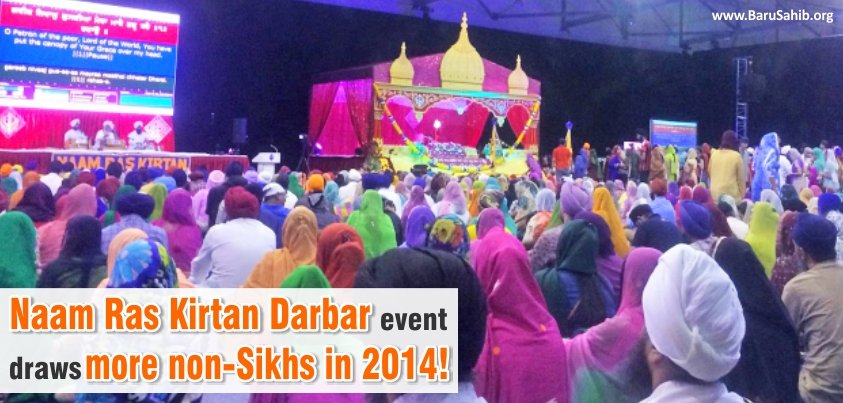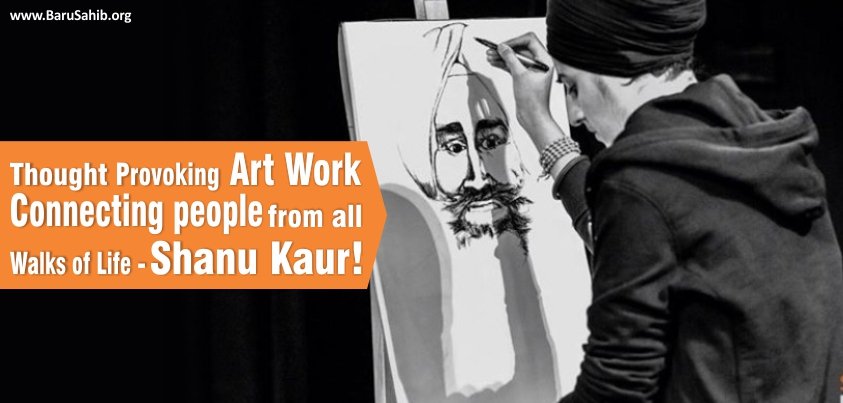What does lasers, fiber optic communications, biomedical instrumentation, solar energy, pollution monitoring and lastly, the Internet all have in common? These inventions would not have been possible without Dr. Narinder Kapany’s scientific contributions to the world of physics. Recognized as the “Father of Fiber Optics” on a global scale, his research in the 1950’s led to the development of fiber optics and he was the first person to demonstrate the transmission of an image through a bundle of glass fibers.
Dr. Narinder Kapany, a name that should be synonymous with other great contributors to technology and science like Bill Gates and Steve Jobs, gave the world fiber optics. A brilliant yet humble visionary, who has countless life lessons to offer and an infectious laugh that brings a beaming smile to anyone within earshot.
His dedication and commitment to his research and fellow man has helped shape the very nature of our world today. Without his efforts, the world would have been dull with shades of black, gray and white; instead we see it in a myriad of colors and waves. If you are told to believe something, even though it doesn’t sit right with you, don’t take it for its face value. Go out and try to disprove it. You just may in fact be responsible for the next great invention to affect our lives and change our world for the better.
Furthermore, these fibers are responsible for the transmission of higher bandwidths of information over great distances, in which their applications over the past few decades have revolutionized countless industries, including medical, communications, entertainment, networking and business to name a few. Without his groundbreaking gifts to science, none of this technology would have been invented and the very nature of our world would be dramatically different today. Dr Narinder Singh early pioneering contributions are definitely the key to the success and development of the Internet. This scientific genius hailing from Punjab, India was recognized as one of seven ‘Unsung Heroes’ by Fortune magazine in their ‘Businessman of the Century’ issue in 1999.
He is indeed a man of numerous talents and accomplishments. Throughout his life and career, he has been a scientist, inventor, entrepreneur, business executive, academic scholar, professor, mentor, philanthropist, art collector and an artist himself.
He’s been the recipient of countless awards and recognitions, including ‘The Excellence 2000 Award’ from the USA Pan-Asian American Chamber of Commerce in 1998 and the prestigious Pravasi Bharatiya Samman, which was bestowed by the Indian government and presented by former Prime Minister Atal Bihari Vajpayee in 2004. In addition, He holds over 100 patents and was a member of the National Inventors Council.
Born in Moga, Punjab and raised in Dehradun, Uttarakhand; He had an affinity for science from a young age. It started when he was given a small Kodak camera from his father and was determined to understand its inner workings. Moreover, in his early studies, he was told by a professor that light can only travel in a straight line. He thought to himself, “No, that doesn’t sound right” and took it as a challenge to prove his professor wrong. After obtaining his Bachelor of Science degree from the University of Agra, he says “there wasn’t enough to learn in India at that time so I left for Imperial College in London.” Transitioning from university in India to London was not a difficult feat for him, as he says “I was young and ready to conquer the world!”
His knowledge on technology started in India while working in an ordinance factory, where he learned how to design and manufacture optical instruments. Wanting to learn more about technology at a higher level, His intended goal was to finish his degree at The Imperial College of Science, Technology and Medicine in London and then head back to India to start his own business. The idea of having his own business and being an entrepreneur was something instilled in him from a young age.
While completing his studies, he received a scholarship from The Royal Society of Engineering to do further research into fiber optics. After 18-months and several published articles, He had successfully completed his objective of demonstrating the transmission of light and images through glass fibres. Upon the completion of his work, He presented his findings to his professor and at that point was ready to head back to India.
Another few hats donned by him is that of scholar, author and educator. He has published over 150 scientific papers, written four books on entrepreneurship and optoelectronics and taught at numerous reputable institutions in the State of California, including University of California, Berkeley; Stanford University; and the University of California, Santa Cruz.
Further notable undertakings include many philanthropic contributions to the areas of education and art. In 1967, he created ‘The Sikh Foundation,’ a non-profit and non-political charitable organization dedicated to promoting the culture, heritage and future of Sikhism. “I wanted to provide a platform for our children and other Americans to learn and find out what Sikhism is about.”
It was naturally inherent for him to create The Sikh Foundation because his family has been involved with charity and philanthropy work for decades, as it’s important for them to give back to local and global communities. He remembers his father fondly, and says while living in Dehradun, his father, along with a few friends, created the Guru Nanak Public School to provide free education for children. The school was very popular and what started out as a primary school, soon evolved to a middle and high school to eventually two colleges, one for men and the other for women. His father remained part of the school’s evolution and even at the age of 94, stayed on as an honorary manager of the two colleges.
The Sikh Foundation strives to foster awareness and greater ties between Sikhs and Americans in the 21st century, says Mr Singh and over the last few decades, the Foundation has been involved in a number of initiatives for academic courses and conferences to Sikh art exhibitions and the renovation/conservation of historical Sikh monuments.
Most recently, the Foundation worked with UNESCO to restore the mosque, which Guru Hargobind ji had built in the 1600’s for local Muslims in Punjab. He explains the mosque was “in a decrepit state,” and the Foundation, along with UNESCO, renovated the mosque, and “gave it back to local Muslim leaders in the area to foster cross religious and ethnic ties.”
In keeping with his philanthropic mandate, He has endowed a chair of Sikh Studies, under the name of his mother Kundan Kaur Kapany, at UC Santa Barbara and a chair of Opto-Electronics, and most recently a chair of entrepreneurship, at UC Santa Cruz. Moreover, He has avidly collected Sikh art and artifacts over the last few decades and in 1999, he donated $500,000 US and 100 Sikh artefacts from his personal collection to the Asian Art Museum in San Francisco.
“People didn’t realize there is such a thing as Sikh art, and there is a prodigious amount of this work that the world didn’t realize existed,”He said. “It’s a treat to have this collection and to share the beauty of our culture, not only with our community and youth, but with the world at large.”
His famous quote has always been “The important thing is to be a man of the world, that’s what I have tried to be, and to a small extent succeeded, but I like to do things for people.”
~ Source: http://iseeindia.com/


















